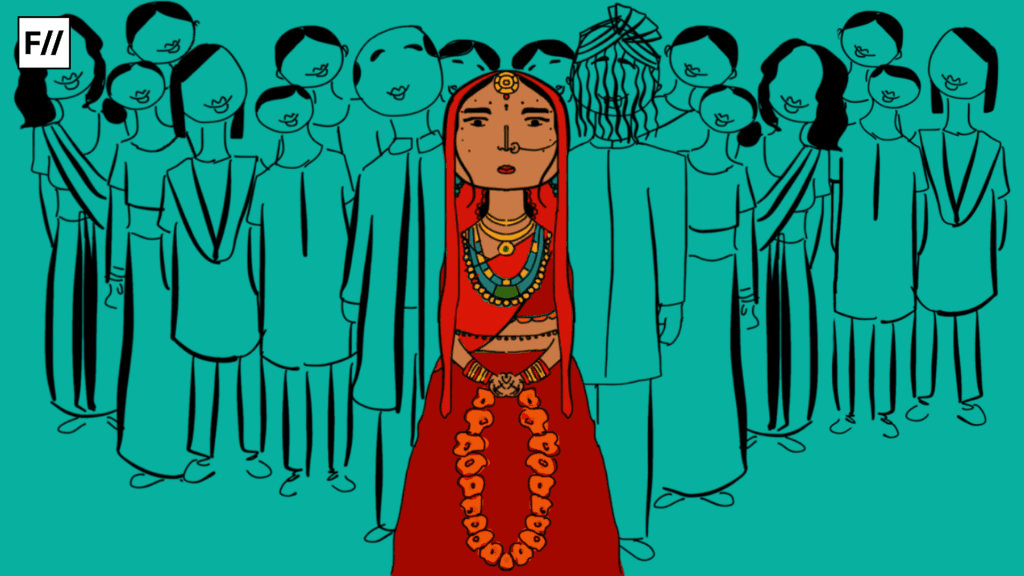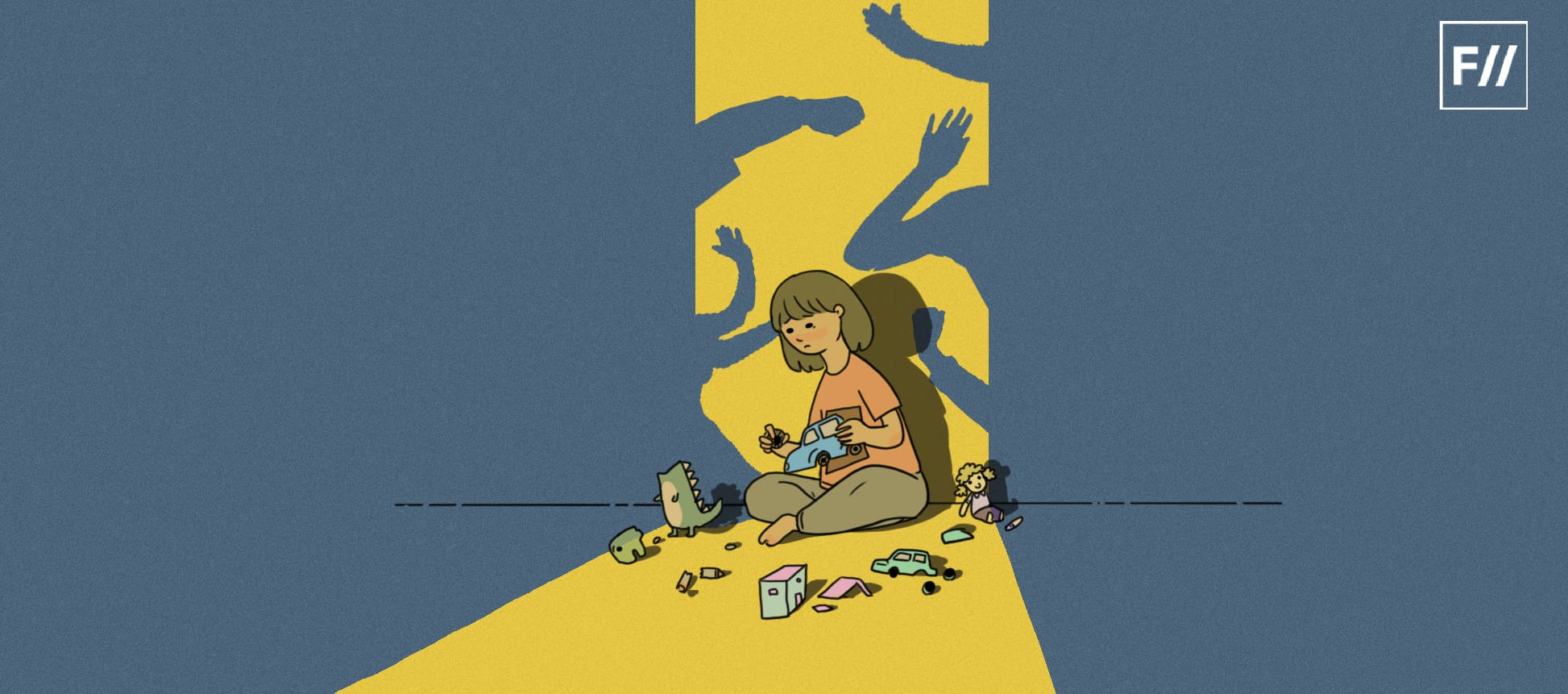According to the NCPCR report, India has over 11.5 lakh children vulnerable to child marriage from 27 states and 7 UTs. Uttar Pradesh accounts for 5,01,621 followed by Assam with 1,54,907.
In the most recent judgement, on the bill of the Prohibition of Child Marriage (Amendment) Bill, 2021, the Supreme Court said “The issue of the interface of personal laws with the prohibition of child marriage under the PCMA has been a subject of some confusion. The Union in its note of submission filed after the judgment was reserved in the case has stated that this Court may direct that the PCMA prevails over personal law.”
The Supreme Court observed that the Child Marriage Prohibition Act has loopholes and issued guidelines for its prevalence over personal laws.
The Prohibition of Child Marriage (Amendment) Bill, 2021 was introduced in Parliament on 21.12.2021. It demands that the legal age of marriage be on par with men, and raised to 21. The proposed amendment covers all women and girls regardless of their caste, religion, place of birth, custom, and any other practice governing them concerning marriage by giving it an overriding effect over other laws.
Accordingly, “The proposed Bill also has provisions to make consequential amendments in the enactments, inter alia, relating to age of marriage of parties, such as ‘The Indian Christian Marriage Act, 1872,’ ‘The Parsi Marriage and Divorce Act, 1936,’ ‘The Muslim Personal Law (Shariat) Application Act, 1937,’ ‘The Special Marriage Act, 1954,’ ‘The Hindu Marriage Act, 1955,’ and ‘The Foreign Marriage Act, 1969.’ The Bill has since been referred to the Department Related Parliamentary Standing Committee on Education, Women, Children, Youth and Sports for examination.“
Though there have been precedents of marital rape and child rape being charged under PCMA, stricter provisions are necessary to prevent the act of child marriage itself.
From 12 to 21
According to the law, Child marriage is the phenomenon of children being married before they attain the minimum legal age under the law. Presently the ages for legal marriage stands at 18 and 21 for women and men respectively. Child marriages have been a matter of discussion in our country for over a century now. Over the period, we have seen progress but there is still a long way to go. In the past few decades, prevalence has decreased from 47 per cent to 27 per cent between 2005-2006 and 2015-2016.

While both sexes are inflicted with the violence of child marriages, the prevalence of child marriage remains higher in that of girls. The age of consent has been highly debated in cases related to child marriage. One of the earliest cases studied is the case of Phulmoni Dasi, who was married off at the age of 11 in the year 1889 to a 35-year-old man. At the age of 11, she was subjected to marital rape by her husband. She succumbed to a haemorrhage caused by a rupture in her vagina.
In that period, the court that the law of rape was inapplicable since Phulmoni was older than 10 years of age and was married to her husband. Even after her death, she was subjected to scrutiny to determine her true age and growth. The gruesome case of her death gathered support for Malabari’s campaign to raise the age of consent. The death of Phulmoni overpowered the reluctance of the colonial bureaucracy to intervene in religious matters. Phulmoni’s case was prominently used to advocate for raising the age of consent by enacting his Bill, namely, the Age of Consent Bill. The Bill was an amendment to the IPC and raised the age of consent from ten years to twelve years. The Age of Consent Act was passed in 1891.
After this many bills have been introduced and thrown out. In 1922, another unsuccessful attempt was made at raising the age of consent to 14. It has been impossible to separate the minimum of marriage from that of consent, resulting in a single act setting the bar for both.
In 1929, the Sarda Bill was enacted as the Child Marriage Restraint, Act 1929, receiving assent from the Governor General of India later the same year and finally coming into act on 1 April 1930 throughout British India. The Act applied to all religions. The Act continued to govern the law on the age of marriage till Parliament enacted the Prohibition of Child Marriage Act 2006. This act changed the age of consent from 12 to 14 and was the first act to include both males and females as children.
Finally, the Government of India, on the recommendation of two reports, first The National Commission for Women’s annual report for the year 1995-1996 which proposed to amend the CMRA, and secondly, the National Human Rights Commission annual report of 2001-2002, which reviewed the CMRA, decided to repeal the CMRA and enact the Prohibition of Child Marriage Act, 2006. This act changed the legal age of marriage to 21 for males and 18 for females.
In the most progress, the Government has introduced a Bill namely “the Prohibition of Child Marriage (Amendment) Bill, 2021,” in the Parliament on 21.12.2021 for raising the age of marriage of women to 21 years to make it at par with the men. The bill remains pending in court. Regardless, the proposal of such a bill reflected a crucial step towards women’s empowerment and gender equality.
The term child marriage is an oxymoron
Child marriage is a social evil. Along with it, its contributors reveal other matters of social concern which enable such practices. Child marriage is the intersection of vulnerabilities faced by children. Factors like caste, class, gender, religion, geography, lack of education and socioeconomic status contribute to practices such as child marriage.

All child marriages are forced child marriages. Girls are usually wed off as early as possible. Having a young girl is often seen as a danger or potential for disaster because she comes along with “responsibilities”.
Girls are considered the honour of the family and marrying them off is the only safeguard to their modesty and honour. By the convenience of child marriage, children are betrothed in their cradles, being robbed of the choice of partner and sexual, emotional, or mental compatibility.
The entire premise of child marriage is life-threatening and depriving of the development of life processes. It is an intellectually, psychologically and most importantly, sexually disturbing practice. The normalisation of a young mind and body to be subjected to such practices paints a tragic picture.
The concerned authorities acknowledge the reality of our society and take up the responsibility of moving beyond conviction, towards prevention.
About the author(s)
Ketki (she/her), is a curious political science student who loves exploring new ideas, places, and cultures. She has gained diverse work experience across event logistics, exhibitor relations, and research, always eager to learn something new. She has a soft spot for cats. In her free time, she loves to travel, listen to wildly different music and watch thrillers.





